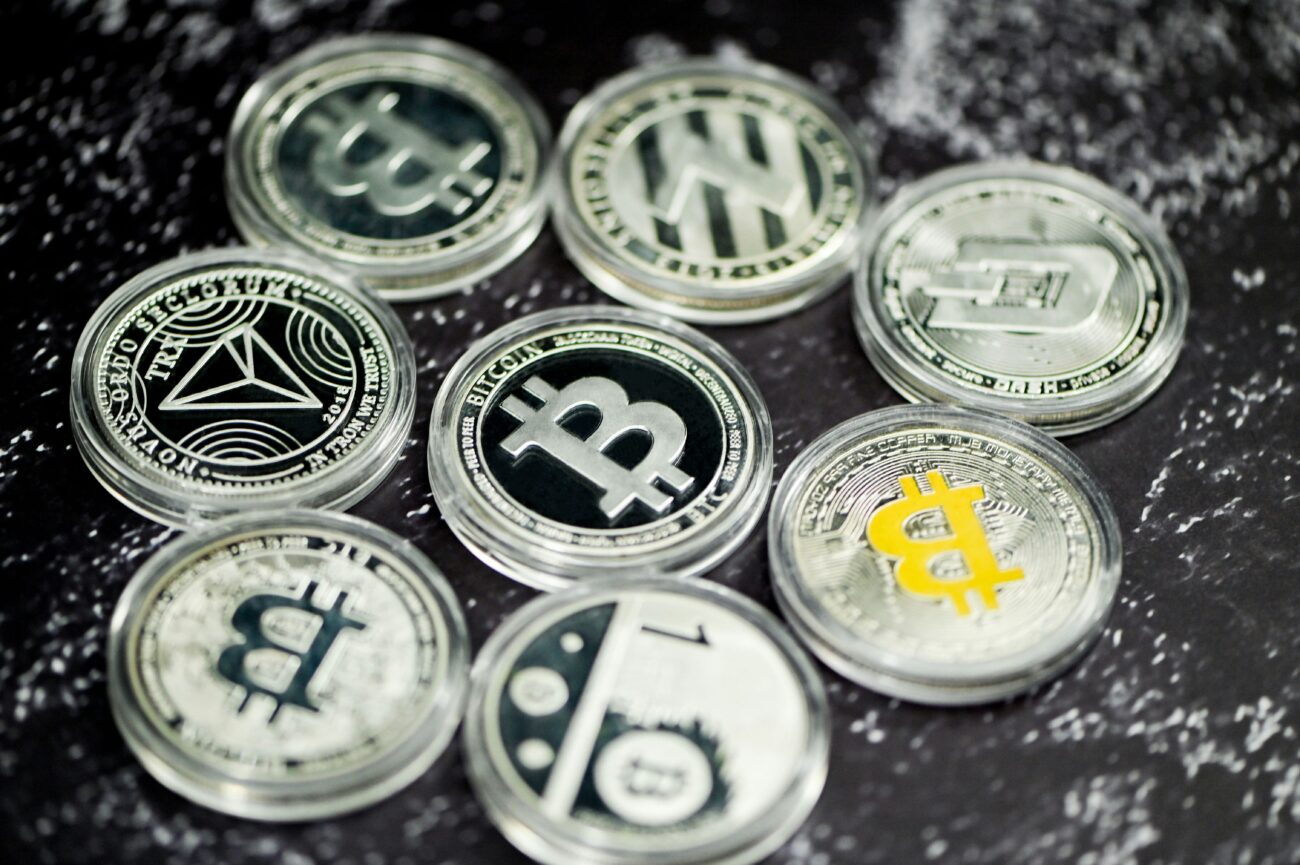I had to learn this the hard way by losing some Bitcoin because I didn’t manage it in a good way. And that’s why I’m sharing this with you: so that you don’t have to go through the same loss!
If you are new, it can feel really confusing. You buy your first Bitcoin, it shows up on your account at the exchange, and you think: Great, I own Bitcoin now!
But the truth is… not quite.
Why leaving coins on an exchange is risky
When your coins stay on the exchange, they’re not really “yours.” It’s a bit like having money at the bank — it’s there, but the bank is in charge.
Here’s what can happen:
– Exchanges can get hacked, and will!
– They can freeze withdrawals for whatever reasons.
– And if something goes wrong, you can lose everything overnight.
So the golden rule is: Only leave on the exchange what you would be okay to lose or what you have in an open trade right now.
I know — it’s easy to believe “this won’t happen to me.” I thought the same. Until it did. 🙁
How blockchain really works (simple version)
To understand this, we need to look at how Bitcoin works.
On the blockchain, control is proven by something called private keys. They usually come as 12 or 24 secret words. Whoever has these words, owns the coins in that wallet. When you install a new wallet you will get these 12 or 24 words and you are asked to keep them safe. Why? Because only the person who owns these words has access to the coins.
Think of it like gold or silver:
If it’s in your hand, it’s yours.
If you bury it and forget where, it’s lost forever.
Exchanges never give you these secret words. Which means the Bitcoin you see “in your account” is not really yours, it’s not in your own wallet. It’s in the wallet of the exchange until you move it into your own wallet.
Cold wallets: your safe place
The safest option is a hardware wallet (also called cold wallet). It’s a small device, not connected to the internet, where you keep your Bitcoin safe.
Some good ones are:
– Ledger
– Trezor
– Tangem
– Ngrave
Cold means offline. Hardware means you can hold it in your hand, it is a physical device. It makes your Bitcoin much harder to steal.
A simple system for beginners
Here’s a little strategy I often share with women starting out:
1. Choose one exchange as your starting point.
That’s where you buy your coins with your local currency (USD, EUR,.. whichever currency you use). It is also called “fiat-onramp”
2. Withdraw your Bitcoin into a hardware wallet after you bought some.
This is your “savings account” for the long term, for your pension or buying a house one day.
3. Use a desktop self-custody wallet for smaller amounts.
For coins you may want to sell again later, you can use apps like Exodus, Atomic Wallet, etc. They run on the desktop and you will own your 12 or 24 words so you own your coins. These are a little less secure than the hardware wallets, but still much better than mobile or browser wallets or leaving them on the exchange.
⚠️ Be extra careful when sending coins. Each blockchain has its own address type. For example, you can only send Bitcoin to a Bitcoin address. If you send it to an Ethereum address, the coins are gone forever. This is the part that takes practice, and it’s something I guide women through step by step in my classes. We simply go currency by currency. That’s it.
Key Takeaways:
– Coins on an exchange are not truly yours — you only “borrow” them there.
– If the exchange is hacked or freezes accounts, your coins can vanish.
– Use a hardware wallet (Ledger, Trezor, Tangem, Ngrave) for long-term savings.
– Use self-custody wallets (Exodus, Atomic, Trust Wallet) for smaller or medium-term amounts.
– Always double-check the blockchain address before sending coins.
– Golden Rule: Not your keys, not your Bitcoin.
Take the first step
When I started, I made mistakes. Luckily, you don’t have to go through the same. I don’t want you to!
If you’d like to learn this safely and step by step, join my waitlist for the next classes. You can join by getting my free e-book below which explains already step by step on how to buy and hold Bitcoin
👉 Get my free e-book here
Your financial freedom starts with one step: taking full ownership. Now!
